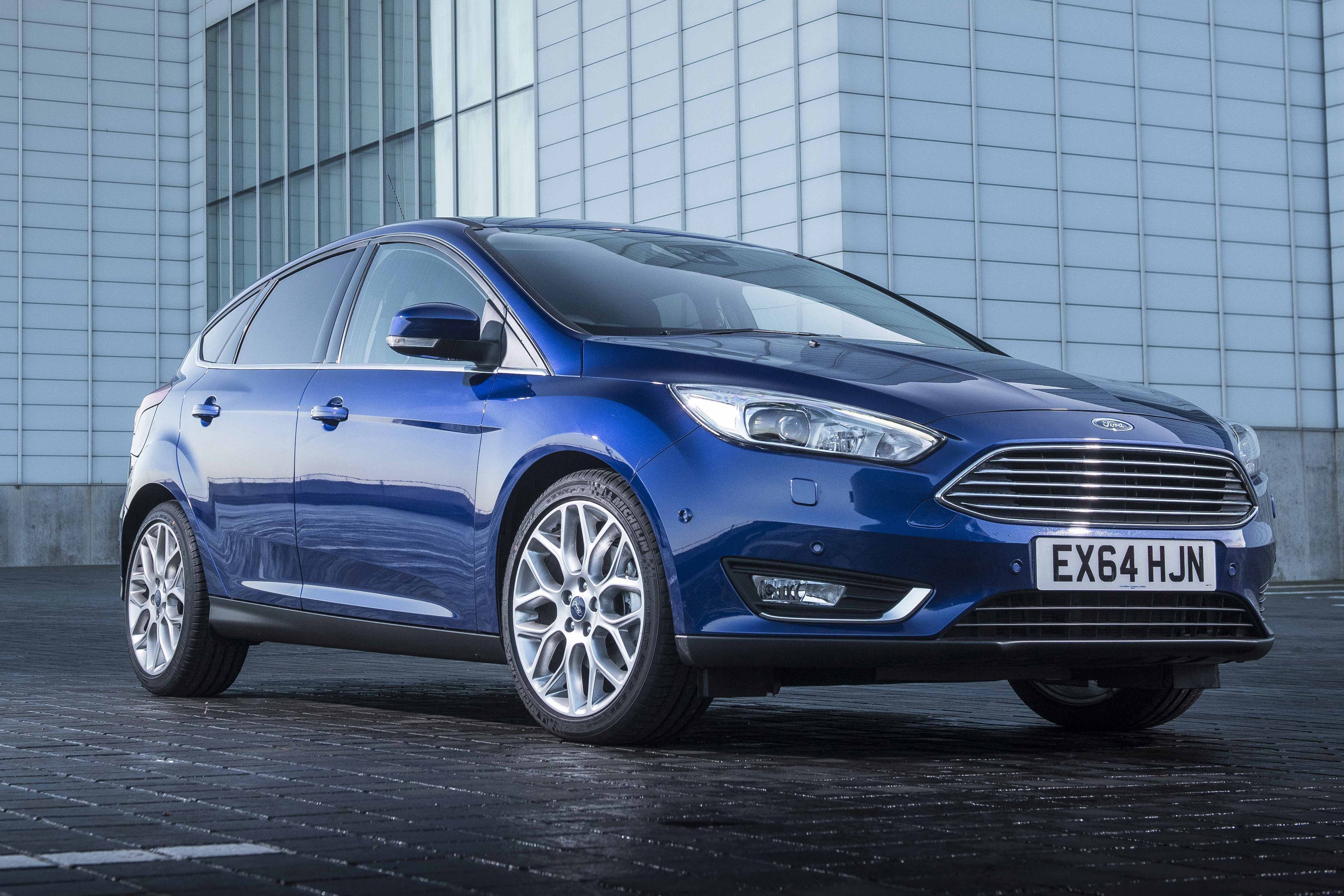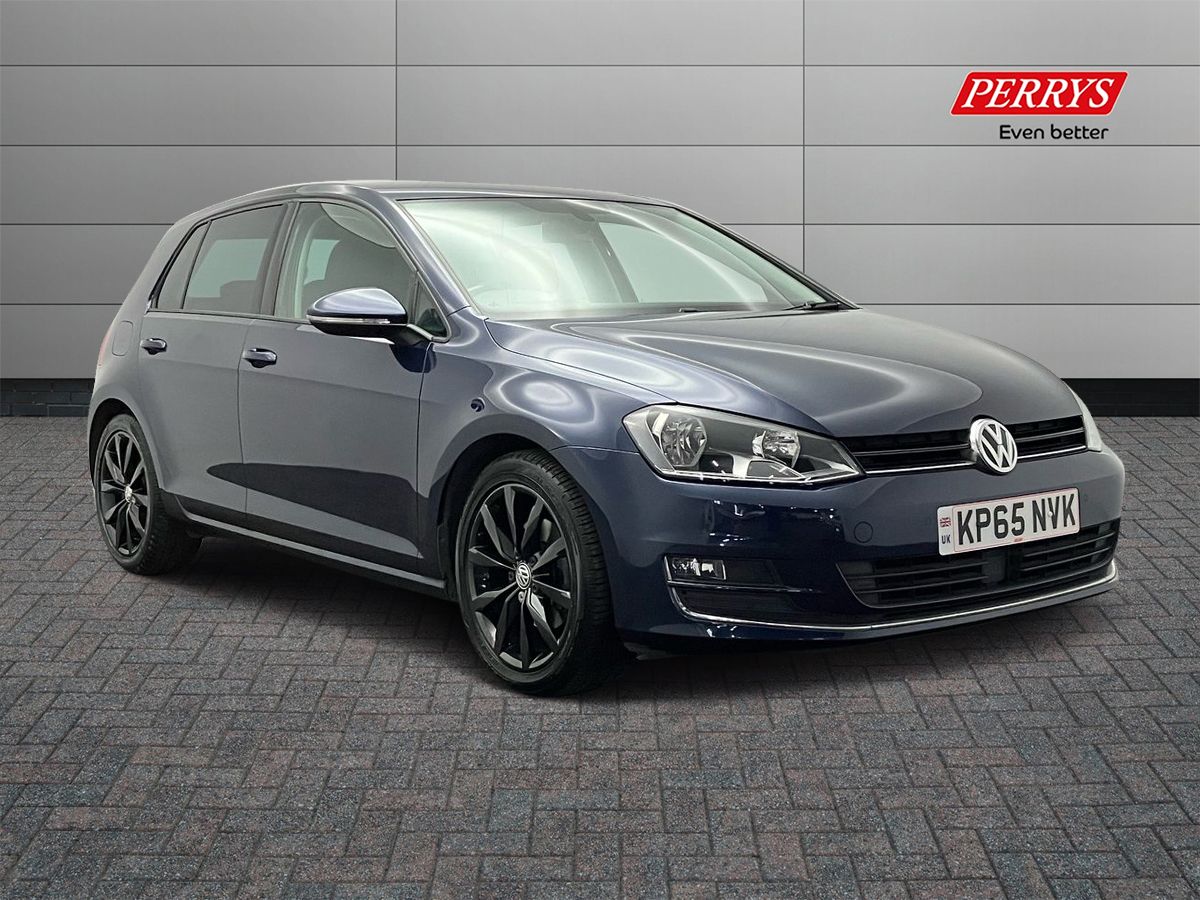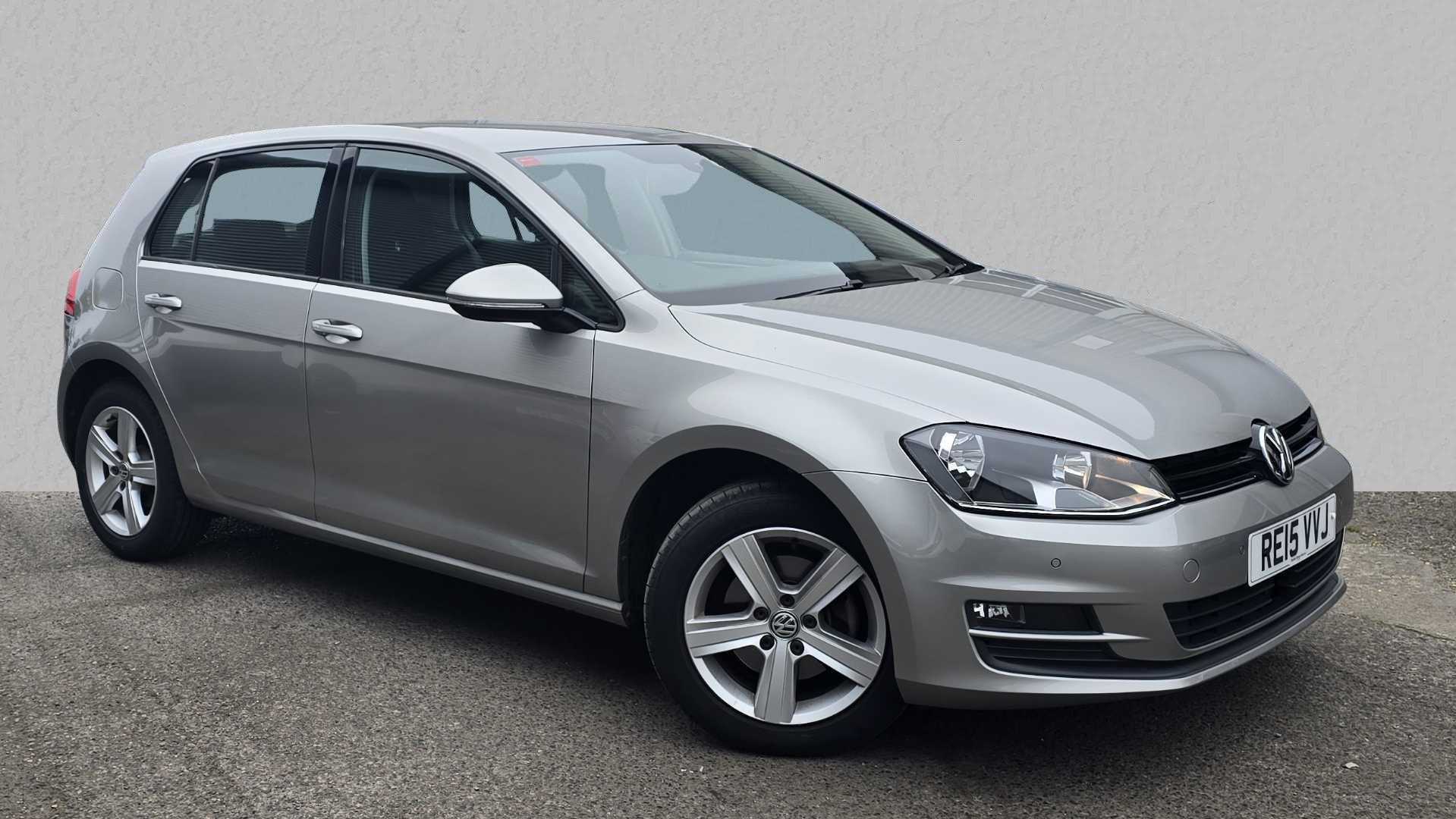
Euro 6 emissions standards were introduced in 2015 as a way to reduce harmful exhaust emissions from petrol and diesel cars and vans.
You'd have to have been hiding under a rock for the past few years to not to notice both governments and car manufacturers trying to reduce harmful emissions from petrol and diesel cars. The European emission standards have played a big part this, having been first introduced in 1993 to control and measure the environmental impact of new cars.
Euro 1 emission standards were introduced in 1993 and since then we've seen stricter and stricter emission standard, arriving at Euro 6 emission standards in 2015.
As well as measuring how clean you car is, Euro 6 also determines whether or not you'll be subject to tariffs such as London's Ultra Low Emissions Zone – so keep reading for everything you need to know check if your car meets Euro 6 emission standards.
What does Euro 6 mean?
Euro 6 emissions standards were introduced in September 2015 and are the sixth generation of emissions standards – preceded bu Euro 1 to 5 – designed to reduce the harmful emissions from car and van exhausts. To find out more, read our guide to what Euro 4 is here.
They work to reduce harmful emissions including nitrogen oxide (NOx), carbon monoxide, hydro carbons and particulate matter (also known as soot from diesel engines). They all damage the environment and can have a harmful effect on human beings. Euro 7 standards will replaces Euro 6 and are expected in the coming years.

Euro 6 and diesel cars
Euro 6 hit diesel cars much harder than petrol cars due to their higher emissions. So, while diesels could produce 0.18g/km of NOx gases under Euro 5a emissions standards, this was reduced to 0.08g/km when Euro 6 came in. It is for this reason that Euro 6 diesels are fitted with AdBlue systems that use the process of Selective Catalytic Reduction to remove NOx gases from exhaust emissions.
Euro 6 and petrol cars
Petrol cars weren't as affected by the introduction of Euro 6 emission standards as diesels cars were. Why? Well, petrols inherently produce less of the harmful emissions Euro 6 targeted. For example, Euro 6 standards mean petrol cars can produce 0.06g/km of NOx gases and 0.005g/km of Particulate Matter – exactly the same as Euro 5 emissions.
Euro 6 emissions standards and the London ULEZ
Euro 6 really matters to you if you're a diesel car owner living in London. That's because the Ultra Low Emissions Zone, which currently operates in the same central London boundary as the Congestion Charge, will expand on 25 October 2021 to cover everyone within the the north and south circular roads. Diesel's that Qualify for Euro 6 are exempt from paying the charge, but if you own an older diesel – one sold before September 2015 – you'll be charged £12.50 per day, every day to use your car.
Euro 6 checker: how to see if your car is compliant?
The easiest way to check if you car is Euro 6 compliant is to enter your car's registration onto TFL's online tool. This will tell you if your car meets Euro 6 standards and if you'll have to pay any extra fees if you're planning to drive into Low Emission Zones.
WLTP II - new requirements for emission standards | Volkswagen
Loading...




